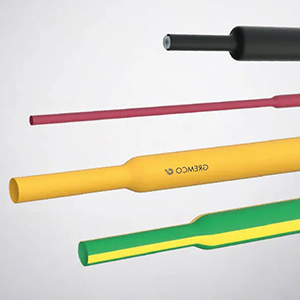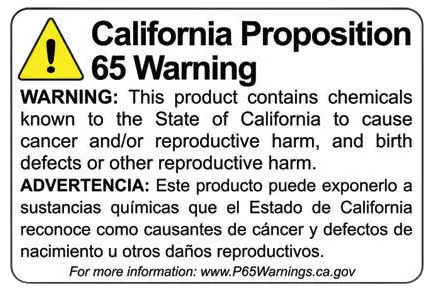 Heat shrink tubing and related products play a vital role in various industries by providing insulation, protection, and durability. These materials help enhance safety, performance, and longevity in electrical, mechanical, and environmental applications. Below are some key industries that benefit from heat shrink solutions.
Heat shrink tubing and related products play a vital role in various industries by providing insulation, protection, and durability. These materials help enhance safety, performance, and longevity in electrical, mechanical, and environmental applications. Below are some key industries that benefit from heat shrink solutions.
1. Electrical and Electronics
Heat shrink tubing is extensively used in the electrical and electronics industry to insulate wires, protect connections, and prevent short circuits. It helps in:
- Wire bundling – Organizing and securing wires for a neat and professional look.
- Electrical insulation – Preventing exposure to moisture and corrosion.
- Strain relief – Reducing stress on electrical connections.
2. Automotive
The automotive industry relies on heat shrink tubing to safeguard wiring and electronic components from harsh environmental factors such as heat, moisture, and vibrations. It is used for:
- Wire harness protection – Preventing damage from abrasion and chemicals.
- Sealing connectors – Ensuring long-lasting electrical performance.
- Marking and identification – Color-coded tubing aids in wiring identification and safety.
3. Aerospace and Defense
Heat shrink materials are critical in aerospace and military applications due to their durability and resistance to extreme temperatures and chemicals. They are used for:
- Cable and wire protection – Essential for aircraft and spacecraft safety.
- EMI/RFI shielding – Reducing electromagnetic interference.
- Component encapsulation – Protecting sensitive electronics from environmental exposure.
4. Telecommunications
In the telecommunications industry, heat shrink tubing helps maintain the integrity of fiber optics, copper wiring, and coaxial cables. Benefits include:
- Moisture resistance – Preventing water intrusion in outdoor connections.
- Strain relief – Reducing stress on cables and connectors.
- Protection from UV rays – Ensuring longevity in outdoor applications.
5. Medical Industry
The medical sector benefits from heat shrink tubing for device insulation, sterilization, and biocompatibility. Applications include:
- Catheter reinforcement – Strengthening medical tubing and devices.
- Surgical instrument insulation – Providing electrical safety.
- Protecting delicate components – Ensuring durability in medical equipment.
6. Renewable Energy
The growing renewable energy industry, including solar and wind power, depends on heat shrink tubing to protect electrical components from harsh environmental conditions. Uses include:
- Solar panel wiring insulation – Preventing exposure to weather elements.
- Wind turbine cable management – Enhancing the lifespan of electrical systems.
- Battery pack protection – Ensuring the safety of lithium-ion and other battery technologies.
7. Oil and Gas
In the oil and gas industry, heat shrink tubing is used to protect wiring and equipment from extreme temperatures, chemicals, and mechanical stress. Key applications include:
- Pipeline corrosion protection – Shielding metal pipes from rust and environmental damage.
- Cable splicing insulation – Ensuring electrical connections remain secure.
- Harsh environment sealing – Preventing exposure to dirt, moisture, and chemicals.
Conclusion
Heat shrink products play a crucial role in multiple industries by offering insulation, protection, and durability. From electronics to aerospace, these materials enhance safety and longevity in critical applications. As industries continue to advance, the demand for reliable heat shrink solutions will only grow.


